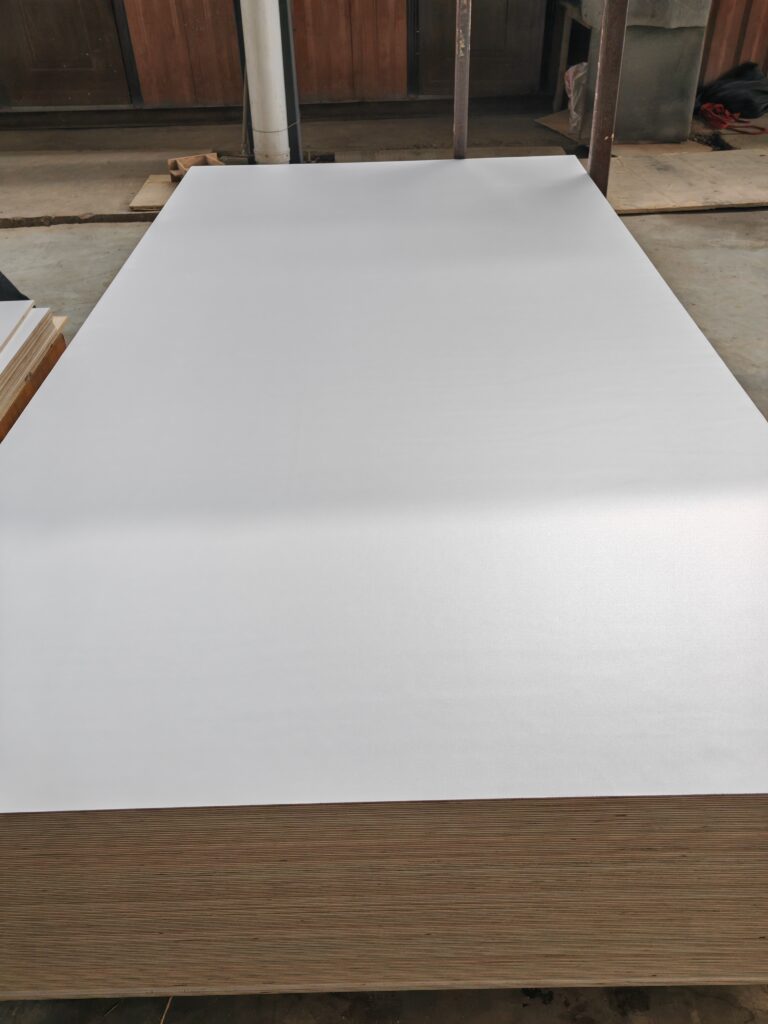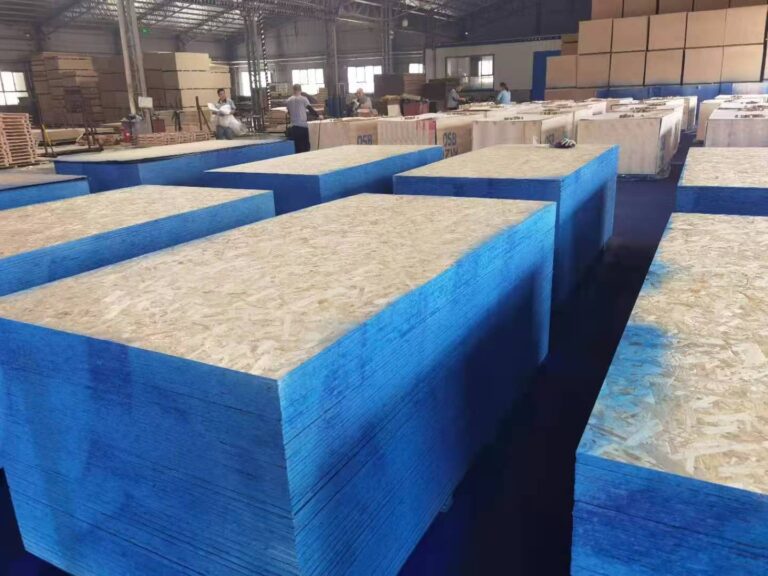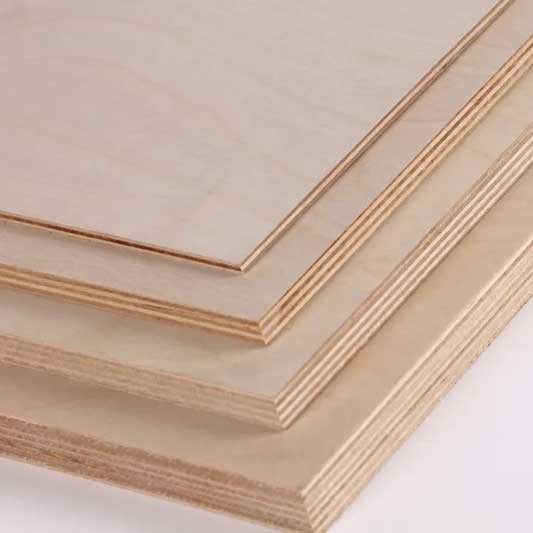There are many types of plywood in the world, and they’re made from a variety of wood sources. Some are hardwoods like maple and oak while others are softwoods like cedar and pine.
By why would you want to use a different type of wood and what’s the difference between hardwood and softwood anyway? Most people assume that hardwoods are strong and durable, and softwoods are supple and workable.
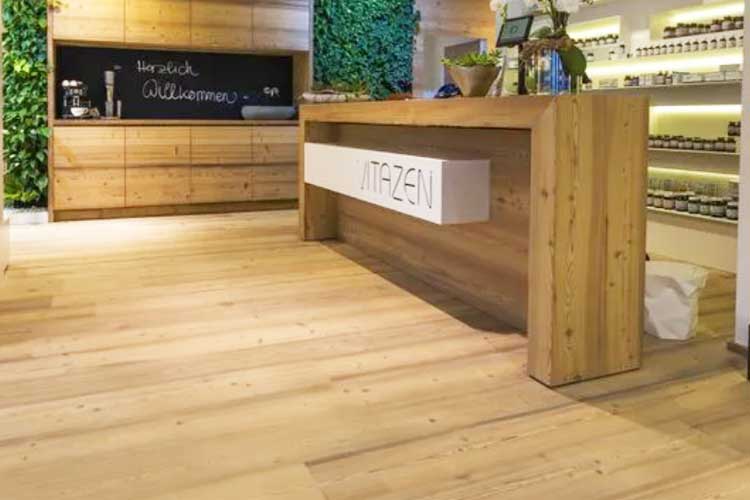
This is generally true, but there are some exceptions, like balsa, which is a hardwood that’s incredibly soft. In actuality, types of plywood are categorized botanically by the way their trees reproduce and their seed structure, not by their final appearance.
The biggest difference between hard and softwoods is the type of trees they come from. Hardwoods are made from angiosperms or flowering plants while softwoods are derived from gymnosperms, non-flowering plants that have unenclosed seeds like pinecones. Hardwoods also have a slower rate of growth, a higher density, and are more expensive than softwoods. That being said, softwoods are thought to be easier to handle because they are lighter and more pliable.
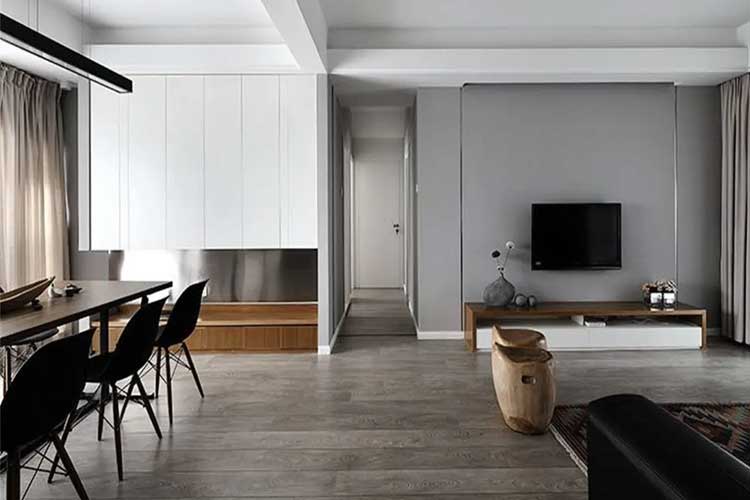
When it comes to working with various types of plywood, there are some important differences that can make it easier, or more difficult, to get the results you’re looking for.
For example, if you’re using screws in your project, it’s important to know that the different structures of the wood require certain types of screws. When using softwood, it’s better to use a screw with a coarse thread that can aggressively bite into the soft fibers. On the other hand, a fine thread screw is better for hardwoods. They’re less aggressive, won’t split the wood fibers, and ensure great holding.
Another variation between these two types of plywood is their end uses. Hardwoods are more often used for furniture, flooring, decks, and high-end furniture.
Softwoods are more prolific and account for almost 80% of all timber. Because of the ample supply, softwoods have a wide range of uses, like building components, furniture, paper, fiberboard, and much more.
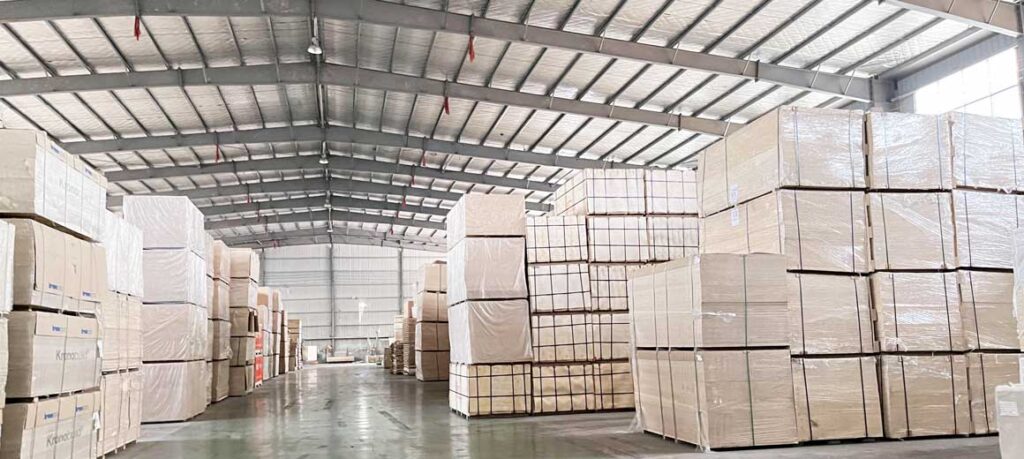
There are many different types of plywood, both hardwoods and softwoods. While hardwoods tend to be heavier, it’s also more durable.
That doesn’t mean softwoods don’t stand the test of time – they just aren’t as heavy-duty as hardwoods. And because softwoods are so plentiful, there are times when it’s advantageous to use them instead of a hardwood. It really depends on what you’re trying to accomplish.

If you’re having a difficult time deciding which type of wood you want to use for your next project, the professionals at USply are here to help. As established distributors, we have the expertise and experience to act as your guide to the world of plywood. We’ll help you select the right type of wood so you get the results you were looking for.


